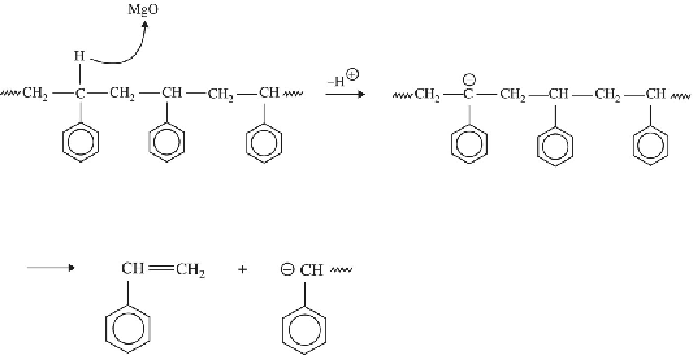Environmental Engineering Reference
In-Depth Information
9.2.5 Landfilling
Landfilling is the most-used MSW management option in the United States
But concerns about the increasing cost of hauling waste and the shortage
of practical landfill space have been voiced (in the United States shortage
of landfill space is less of an issue). Landfill is essentially a large in-ground
excavation that is lined by a bottom liner (usually 100-mil HDPE or a
clay lining), with a leachate collection system, and a cover. Clay liners are
permeable to some extent while HDPE liners are usually not, but the latter
can swell in the presence of solvents and leak leachate. Modern landfills
use a double HDPE layer with a leachate detection system between layers,
to address this limitation. A system of pipes collects most of the leachate.
Leaking landfills contaminates the water table and can be a serious health
hazard.
In the anaerobic environment within the fill-volume, organic biodegradable
materials (but not plastics) slowly decompose anaerobically. Landfill gas
(LFG) is approximately 50% CH
4
and 45% CO
2
. In modern landfills, an
effort is made to collect these gases but some invariably escape into the
environment. Methane [CH
4
] is 21 times as potent as CO
2
in its global
warming potential (GWP). In modern landfills, 20-80% of the CH
4
is

